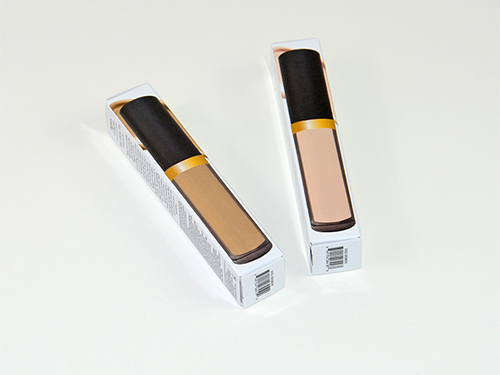1. Printing
During printing, the printing plate fixed on the printing plate cylinder undergoes moisturizing and ink feeding processes. On the treated printing plate, the principle of immiscibility of oil and water is used to make the ink and text parts water-repellent and the blank parts hydrophilic. Repel ink, transfer the positive positive image on the plate to the rubber of the transfer roller to form a positive negative image, and then press the positive negative image on the rubber to the paper by the embossing roller, so as to obtain Clear print.
2. Coating and glazing
In order to enhance the wear resistance, anti-fouling function and visual effect of the printed parts, lamination and glazing technology are usually required to improve the quality of the printed parts and strengthen the function.
1 Film
Also known as sticking, the method is to press and stick a certain thickness of plastic film on the printed piece through the hot pressing device of the special sticking machine, so that the printed piece and the plastic film are combined together. After lamination, the surface of the printed part is smoother and brighter, thereby improving the gloss and firmness of the printed product, the color of the picture and text is more vivid, and it is full of three-dimensional effect.
2. Glazing
The methods of glazing can be divided into two types: partial glazing and comprehensive glazing. Partial glazing is mostly used in the parts that need to be highlighted, and is suitable for the cover and packaging of books and periodicals to make the picture more three-dimensional; full glazing can increase the brightness of the paper surface and the abrasion resistance of the print. The cover mostly adopts the technology of comprehensive varnishing.
3. Die-cutting and embossing
The paper cutter can only cut straight lines. When the printed matter such as packaging needs arc lines, windows, creasing lines, and irregular curves, it must be processed by die-cutting. The template is processed by the woodworker according to the basic shape required for the packaging, also known as the process of "arranging knives". The steel wire is inlaid on the template to process the printed packaging into the final shape on the die cutting machine, or press it out. Creases for folding. Embossing is commonly known as "stuffy drum". The process is a method of punching cardboard or other packaging materials through a die made according to the outline of the image, so that the surface of the material presents an embossed pattern. Pressure and heat can reshape the paper sheet, creating the image. Depending on the material to be embossed, the mold can be made of metal, cardboard or even felt (such as fabric embossing). Embossing can be combined with printing ink, bronzing silver for special effects. Embossing can also be performed in the same process, except that the embossing process depresses the front side of the material to obtain a debossed pattern. Embossing on glass or plastic surfaces is an integral part of the molding process.

 Chinese
Chinese English
English
